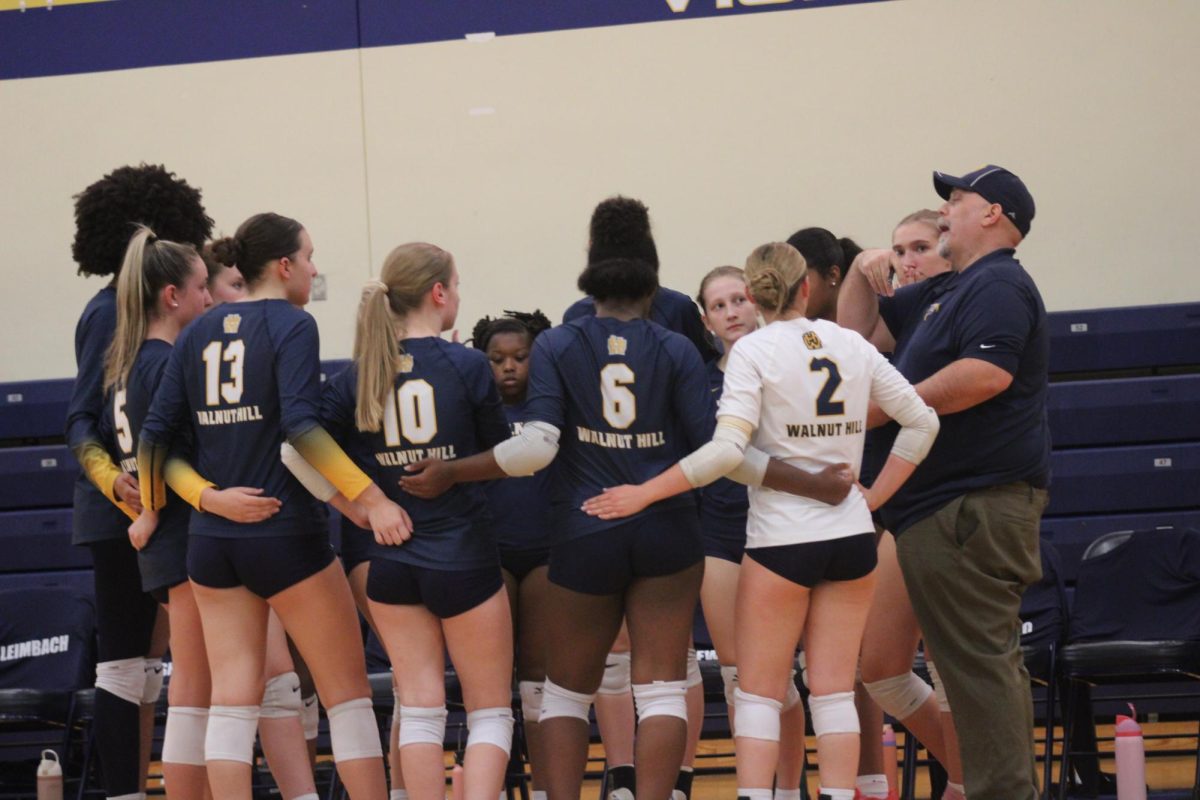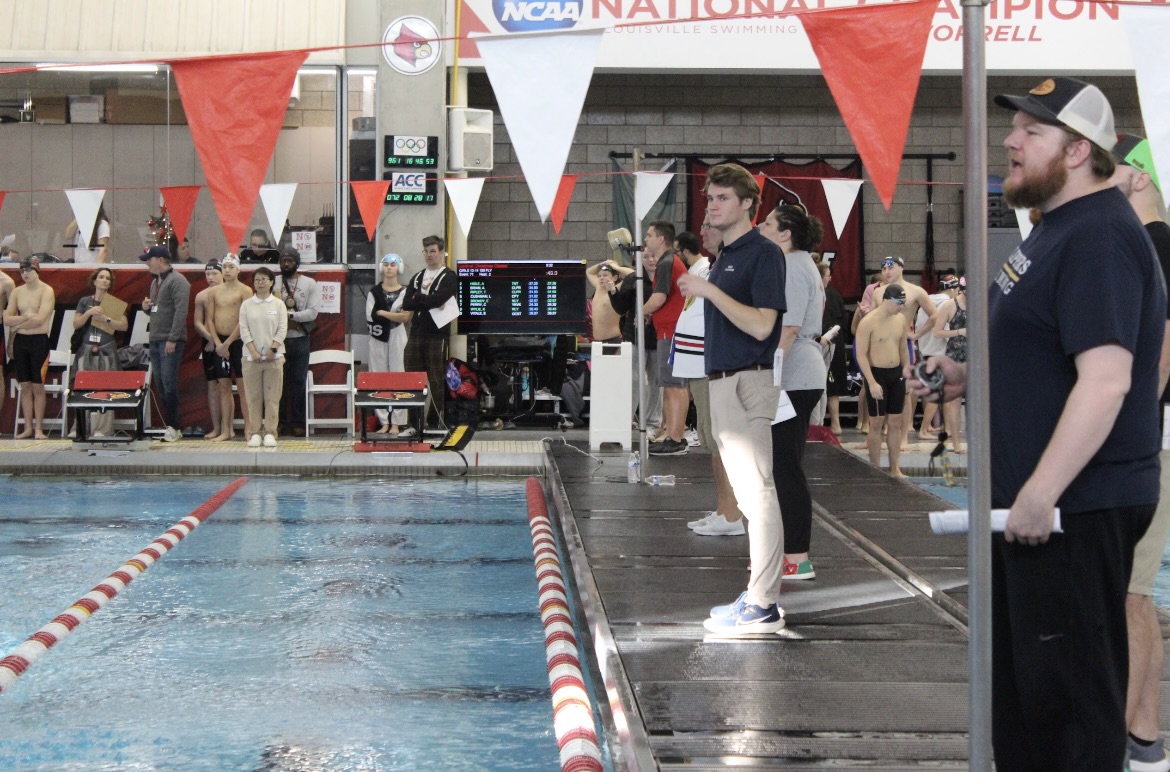All views shared in the Opinions section of the Chatterbox belong to their respective authors, and may not represent the views of the publication as a whole.
As I led a college admissions representative to their table at the college fair on Oct. 21, I scanned the gym, searching for the college with the most goodies, as I knew that they would attract the most students.
I began to ponder whether these college fairs — large congregations of individuals marketing their respective organizations in short periods of time — were actually effective.
From teachers and internet searches, students are influenced to believe that college fairs are “terrific opportunities,” as stated in the Princeton Review, and can help you “narrow down your options for your college search.” But to what extent is that true?
In the mid-1970s, college fairs were a means of creating opportunities for students who did not have access to information about colleges, according to the National Association of College Admission Counselors (NACAC).
However, at a time when information about any college is just a Google search away, college fairs are losing their importance. And, upon closer inspection of the setup of a college fair, several ethical issues also arise.
Certain routines have become apparent throughout the college fairs I have attended. For reps, the routine begins by bringing free trinkets, candies and flyers to display on their table to attract students.
When a student visits their table, the rep quickly proceeds to sell their college, explaining how it would be the best fit for the student. They respond to questions with truthful but sugar-coated answers, trying their best to say what the student wants to hear.
While the occasional student may leave an impression on them because of their outgoing personality or insightful questions, once the fair is over, the reps pack up, leave and prepare to repeat the process in the coming days or weeks.
Most students, unconsciously, also follow a certain routine. After hearing about the fair through people or online, the first factor that determines whether they attend is if the college(s) they already have in mind will be there. Though not as important, the possibility of free goodies or food can also encourage students to show up.
When visiting the colleges they hope to attend, many students try to leave a positive impression on the representative. Some colleges track “demonstrated interest” through college fair participation, which they consider in the admissions process. For example, some students may be asked to fill out “inquiry cards,” which are later entered into the system.
There are multiple underlying issues with this setup. Since college representatives have a short period of time to talk to students, they can’t actually assess if the college is a good fit for the student and will market the college regardless.
This may lead to students feeling more confident about their college choices even when the college isn’t actually a good fit for them. This could also lead students to base their decisions on the ability of college reps to sell their college, leading to an incredibly unobjective “narrowing down” of college choices.
Second, there is a possibility that a college fair can resemble a networking event since students are told to leave impressions on college representatives to show “demonstrated interest.”
In most cases, when this happens, the hypercompetitive students tend to monopolize the representatives’ time, leaving fewer opportunities for the other students who came with questions of their own.
These issues, paired with the widespread availability of information online, demonstrate that the role of college fairs has changed significantly, and their purpose has slowly deteriorated.
When it comes to the useful allocation of students’ time in the college search process, college fairs aren’t the answer. Students are better served spending their time researching colleges online, going on college visits and talking with college students.









